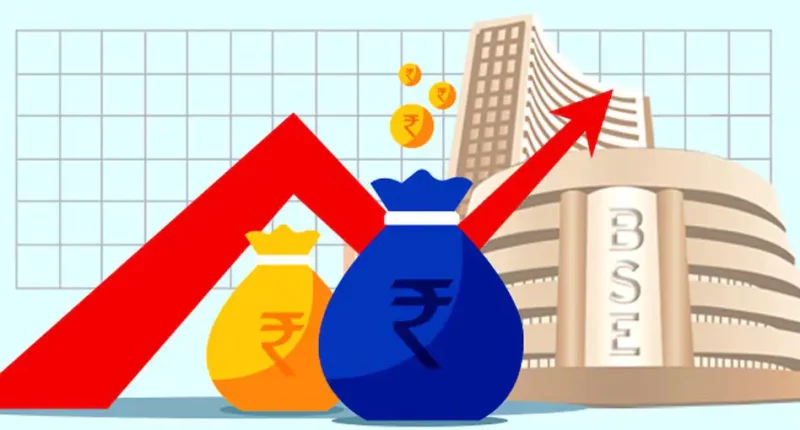An investor needs to evaluate the return of an investment compared to the risk involved before investing in any asset class, including mutual funds.
In this regard, with the Sharpe ratio an investor can assess past and future portfolio performance.
The Sharpe ratio, also referred to as the modified Sharpe ratio or the Sharpe index, is a way to measure the performance of an investment by factoring in risk. It compares the return on investment with its risk. In short, the Sharpe ratio is a measure of risk-adjusted returns. This could also be considered to evaluate a single security or an entire investment portfolio.
For instance, in mutual funds, it indicates the additional return an investor is receiving for each unit of risk they take on by purchasing a mutual fund unit. The higher the Sharpe ratio, the better the investment in terms of risk-adjusted returns.
For example, let’s say, an investor has an investment with a rate of return that is 15%, a standard deviation that is 10%, and a risk-free rate of return is 3%.
The Sharpe ratio is determined by subtracting 3% from 15% and then dividing the result (12%) by 10%. The resulting Sharpe ratio of 1.2, is regarded as acceptable to investors.
Generally, Sharpe ratios above one are considered good. As a general rule, anything above 2 is quite good, while a digit above 3 is excellent.
So, as a thumb rule, an investor should opt for a mutual fund with a higher Sharpe’s ratio, which means a higher risk-adjusted return.

Rajiv is an independent editorial consultant for the last decade. Prior to this, he worked as a full-time journalist associated with various prominent print media houses. In his spare time, he loves to paint on canvas.





